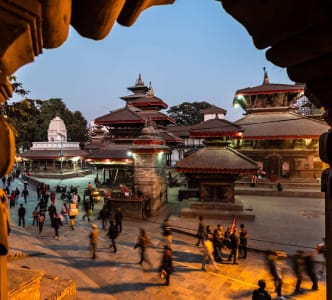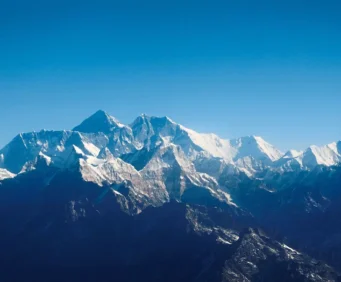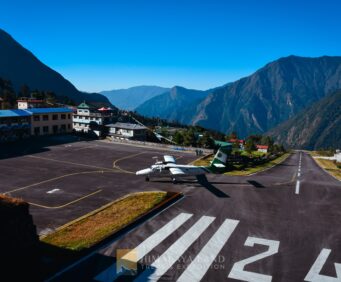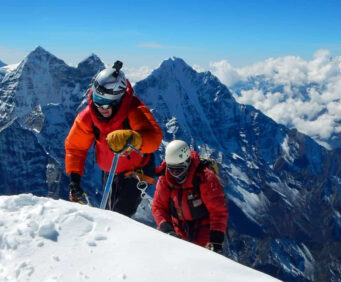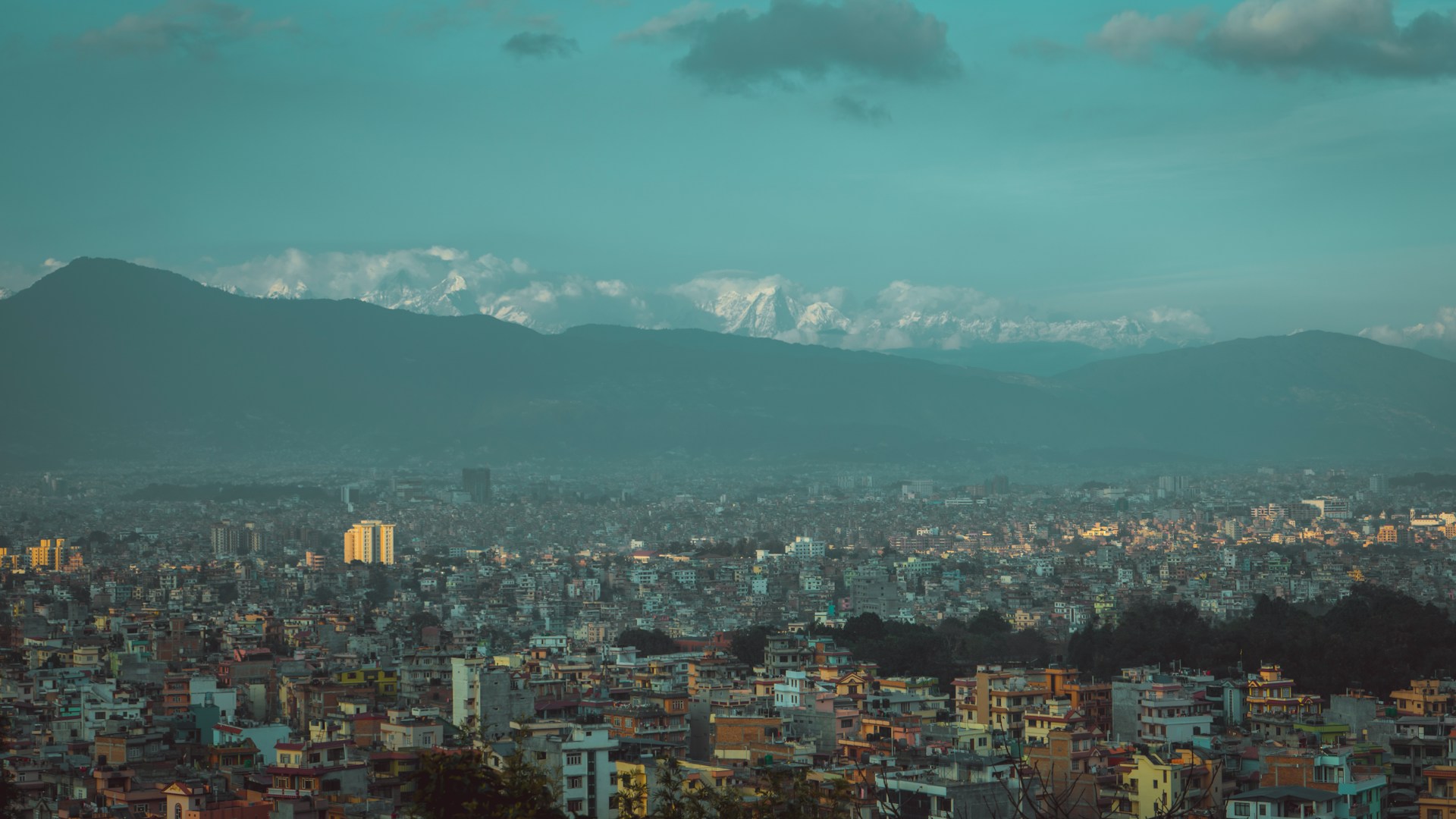
Things to do in Kathmandu Valley
14th July, 2024 - Posted By: Himalayan AbodeKathmandu Valley is a medley of vibrant culture, archaeological site,s and tourist heaven. Situated in the foothills, The colorful area which includes Kathmandu, Bhaktapur, and Patan has built-in attractions to satisfy the cultural cruder type travelers.
A Glimpse into History
One of the World Heritage Sites of UNESCO, Kathmandu Valley is host to a history of more than twenty-two hundred years. The valley has always been harmonious of Hindus and Buddhists, and many temples and stupas are indicating the religious domain of the place. Kathmandu is a historical city, famous as the “Temple City” which is considered the heart and spiritual center of the Nepalese kingdom.
Exploring Kathmandu
Read more for Tour around Kathmandu Valley: Day Tour
1. Durbar Square
In the central part of Kathmandu there is the famous Durbar Square – an ensemble of palaces, courtyards, and temples. , Wooden carving that decorated the outer and inner parts of the building and a glorious Hanuman Dhoka Palace take the visitors back to period centuries ago. The Kumari Ghar or the house of the living goddess Kumari also substantiates for adding a mythological feel to the square.
2. Swayambhunath Stupa
Swayambhunath more commonly referred to as the Monkey Temple is located on a hill; therefore, one can be assured to have a perfect view of the valley. …the covered hall or stupa, in which the symbol of the eyes of Buddha providentially open each gate , and it becomes a calm place for reflection or even a church.
Thus, the area that is filled with monkeys that paly with the balls enhancing spiritual mood of the place obtains the features of mischievousness.
3. Pashupatinath Temple
Pashupatinath is described as one of the most earmarked temples of Hindu gods where lord Shiva is worshiped. Sited at the bank of Bagmati River the temple now has become the center of many religious festival, mainly the Maha Shivaratri. The religious environment and seeing holy men (sages) is an impressive spiritual revelation.
The Charm of Patan
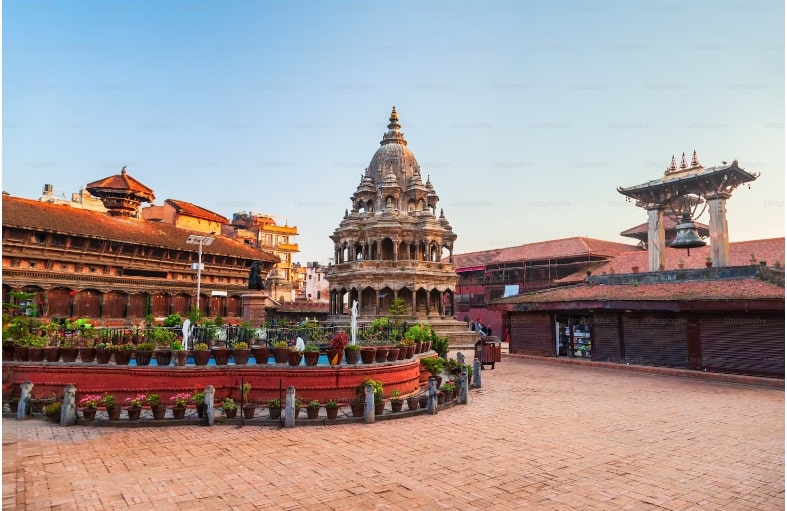
The next city is situated right across the Bagmati River; this is Patan or Lalitpur meaning the City of Beauty Patan is famous for its Newari architecture and artistry.
1. Patan Durbar Square:
It is a great architecture of Newaris where many artistic temples, statues, and courtyards are constructed. This history of the area is explained further at the Patan Museum, which is run from a palace building. The Hiranya Varna Mahavihar known as the Golden Temple and Mahabouddha Temple are some of the places of interests within the square.
2. Rato Machhendranath Temple:
Devoted to the god of rains, Machhendranath, this festival is one of the most colorful in the valley. Rato Machhendranath Jatra is one of the most popular chariot processions of the valley which represents cultural map of the region.
Bhaktapur: A Living Museum
Bhaktapur is actually known as the city of devotees and it is quite rightly called so because this city lies in a time warp. It also has a generally medieval feel, with much of the architecture and all of the layout remaining intact in the manner of paved, winding alleys.
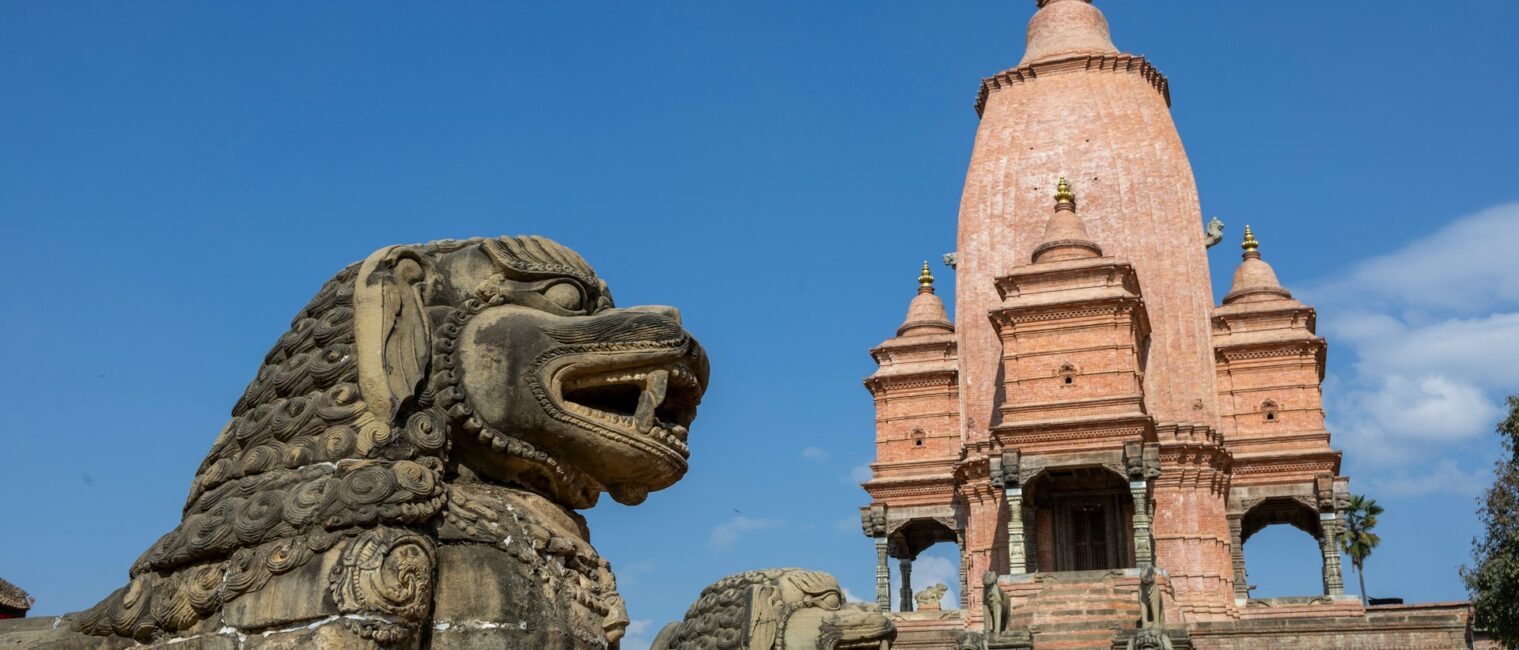
1. Bhaktapur Durbar Square:
The square contains the fifty-five windows palace, Vatsala temple and the beautiful Nyatapola temple, which is the tallest temple of Nepal being a five partly temple. The Pottery Square, where people involve in making good clay product, make it even more beautiful to sit and enjoy a cup of coffee.
2. Taumadhi Square:
A commercial section, Taumadhi Square is mainly centered with Nyatapola Temple and is always busy with people. The liveliness of street markets and variety of products ranging from food to art and craft against the backdrop of architectural marvels of buildings and bridges.
A Culinary Journey
It seems that Kathmandu Valley is not only the viewer’s delight but also a gastronomic one. The local food culture can generate a lot of interest due to the variety of tasty products that are seasoned with spices endemic to the area.
1. Newari Cuisine:
They should also taste the special Newari dishes such as Yomari, a kind of rice dumpling filled with jaggery, bara – a hot lentil ball, and Chatamari, a rice-based pancake. These dishes are prepared mainly during festival seasons and other such occasions and are integral to Sidhforth Valley’s gastronomic identity.
2. Momos:
It goes without saying that when visiting Kathmandu Valley, one should not miss tasty momos which are the Tibetan-style dumplings. Regardless of the type of preparation; be it steamed or fried, with the meat stuffing or vegetable filling, momos are a culinary meal, which can be spotted throughout the length and breadth of every nook and corner of the valley.
Adventure Awaits
For adventure lovers, Kathmandu Valley has become a point for starting activities. Besides/views of the valley, one can indulge in various adventure activities ranging from trekking in the nearby hills and mountain biking and paragliding. The viewpoint at Nagarkot is only thirty kilometers away from Kathmandu, and on a clear morning, one can watch the sunrise over the Himalayas with the magnanimous Mount Everest in the backdrop.
Embracing the Spirituality
Indeed, one feels the presence of spirituality in this region. The numerous temples, stupas, and monasteries would keep one busy in gaining a peaceful atmosphere to meditate and reflect. Exercising in a yoga hall or going to a monastery to take a spiritual health break from work and other possibly stressful activities can be invigorating to the mind and spirit.
The Kathmandu valley, the cultural and political triangle of Nepal holds a history back to a few thousand years only. This area of great production potential and huge importance for military, economic, and cultural applications has been the birthplace of many great ancient empires, religions, and forms of art. Presenting here is a study of the Sublime story and rich history of Kathmandu Valley.
History of Kathmandu Valley
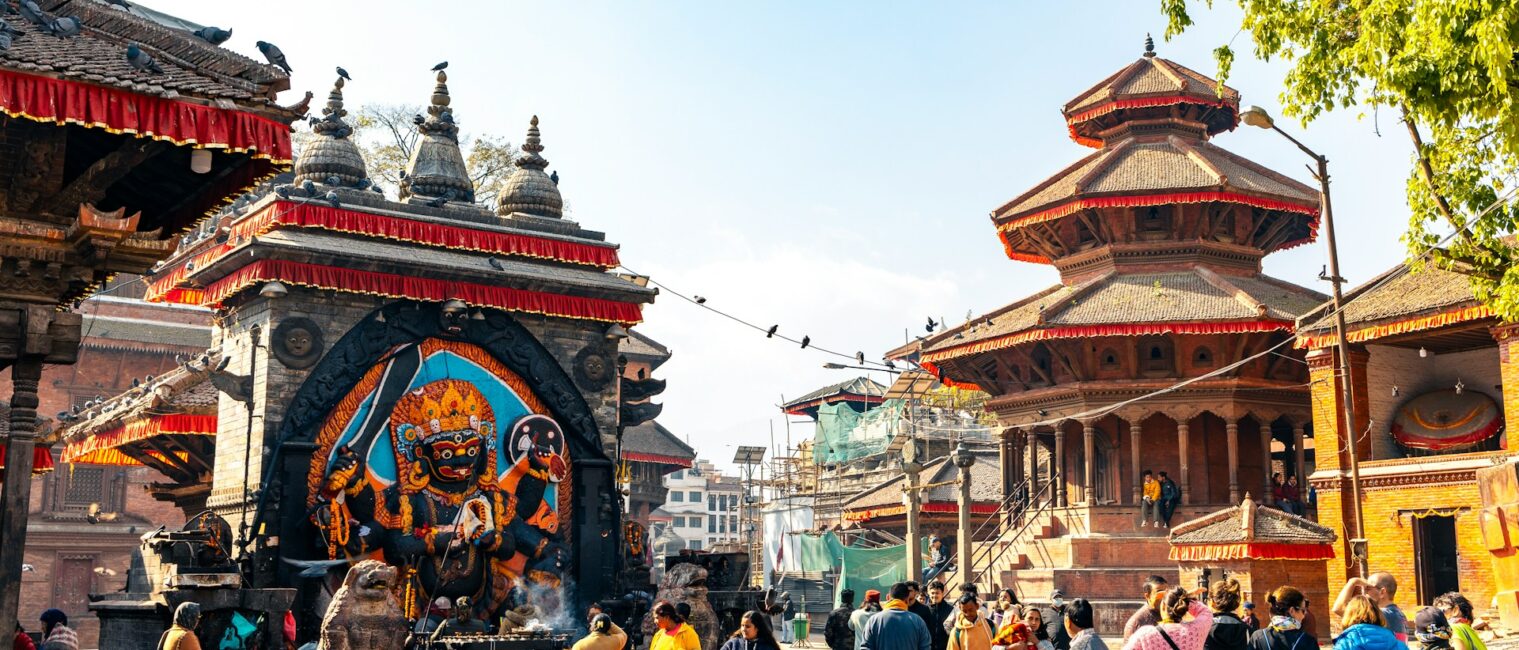
Early Settlements and Mythical Origins:
The groundbreaking chronicles of the Kathmandu valley area are remarkably associated with myths. It goes the lore of the local people that many thousands of years ago the valley was a huge lake surrounded by rising mountains.
It is believed that this is made by the Buddha saint Manjushri using the gorge at Chobar to cut with the sword, making the valley to drain the water and lead to its inhabitation. Although this legend does not any historical origin, it establishes the presence and importance of the valley since the very ancient ages, and its sacredness as well.
From the archaeological found, it can be deduced that the valley was occupied as early as the 3rd century BC. Historians divide the rulers of Nepal into four main groups; Kirat, the ruling that is believed to be the most ancient, and Licchavies which were also known to be one of the most influential rulings of the valley.
The Licchavi Period (ca. 400-750 CE)
The Licchavi period can be said to be the period that kicked off the history of the Kathmandu Valley. The Licchavi kings who moved from northern India set up an opulent kingdom with art and culture throughout the kingdom. From this period, Hinduism and Buddhism are believed to have been introduced and spread through the valley and thus many temples and stupas were built.
Licchavi kings such as King Mandav and Amshuverma have left behind a plethora of inscriptions and monolithic records that document their rule. This period saw the construction of some temples out of which the Changu Narayan Temple a World Heritage site is perceived today as one the oldest temples in the valley.
The Malla Dynasty (1200-1768 CE)
The kings of the Malla dynasty introduced the epoch of aesthetic and spiritual civilizations in the territory of the Kathmandu Valley. The Malla dynasty was in power from the beginning of the 12th century to the middle of the 18th century, and the kings were significant art and religious embellishers providing the valley with many architectonic and cultural edifices.
1. The Three Kingdoms: This was the time of the Malla Kingdoms and at that time Kathmandu Valley was comprised of three small independent kingdoms which included Kathmandu, Bhaktapur and Patan or Lalitpur. Every kingdom grew distinctive over the period and incorporated the difference in styles for designing palaces, courtyards, and temples.
2. Durbar Squares: The three monarchies in the Kathmandu Valley Kathmandu, Patan, and Bhaktapur have been defined to have impressive Malla structures notably the Durbar squares. Thus, these squares with their wooden carved structures and shrines are the open-air museums of the valley’s art and culture. A splendid example of this is the Nyatapola Temple constructed by the king Bhupatindra Malla of the Kingdom of Bhaktapur, Nepal.
3. Festivals and Traditions: Most of the fairs and festivals that can be associated with liveliness of the valley including Indra Jatra, Dashain, Tihar, and the like owe their origin to the Malla period. In fact, the Malla kings are said to have patronized these features of the culture and evolved them into festivals that are passionately observed even today.
The Nepal’s Unification Picture
Divisions of the valley into three competing kings’ kingdoms made physical security extremely weak and vulnerable from attacks by other vying powers. The only documented historic event which can directly be related with the formation of the Kathmandu Valley was the conquest in 1768 A.D. of the Kathmandu valley by King Prithvi Narayan Shah of the Gorkha Kingdom. The reigns of these kings initiated the modern period of Nepali state and the end of the Malla period.
As a result of the unification campaign by Prithvi Narayan Shah the different regions of Nepal formed a coherent state. Kathmandu was declared as the capital and the valley was made as the political and Administrative hub of the new kingdom.
Shah Dynasty and the Rana Rule
The Shah dynasty forms the kingdom of Nepal and Kathmandu Valley remains at the focal point of the kingdom. Nevertheless, the time of the Rana regime came in the 19th century, Rana was a hereditary line of prime ministers who dominated the political power of Nepal from 1846 to 1951. The Ranas created various architectural designs that brought neo-classical Palace into the valley changing the face of architecture in the valley.
Modern Era
It felt long for the Democracy of Nepal; the Rana régime was overthrown in 1951. Kathmandu Valley in particular with it being the capital region experienced rapid political and social transformations. Their evolution to a constitutional monarchy in 1990 and further transformation to the Federal Democratic Republic of Nepal in 2008 were very important in the valley’s contemporary history.
Cultural Heritage and Preservation
Today the Kathmandu Valley goes on as the cultural, religious and tourist hub of Nepal. This is expressed in several UNESCO World Heritage locations such as the Swayambhunath Stupa, Boudhanath Stupa, Pashupatinath Temple, and the Kathmandu Durbar Squares. These steps are still taken to the present day as the huge earthquake in 2015 a largely impact on many historical buildings.
This is our list of top things to do in this historical Kathmandu Valley
The Kathmandu valley with its artistic and architectural landmarks as well as constantly active and colorful people has a lot to offer to tourists. It is a place where an adventurer, a history lover or a pilgrim will definitely find pleasure in. Here is the list of what I believe can be categorized as definitely interesting things to do in the Kathmandu Valley.
1. Explore the Durbar Squares
- Kathmandu Durbar Square: Occupying the central part of the capital, this site contains such remaining as palaces, courtyards, and temples, which are listed as UNESCO World Heritage Sites. Some sightseeing spots which are a must visit are Hanuman Dhoka, Taleju Temple, Kumari Ghar the house of living goddess.
- Patan Durbar Square: Adjacent to the Bagmati River, Patan’s Durbar Square is utterly remarkable showcasing Newari architecture. A visit to the Royal Palace of Patan turned museum can give one an idea about the historical and artistic importance of the valley; krishna temple and patan durbar set here are imposing.
- Bhaktapur Durbar Square: This place is popular for the remained part of the Middle Ages architecture. Evidences are the 55-Window Palace, the Temple of Vatsala, and the great Nyatapola. Thus, the historical pottery industries, workshops, and busy markets of Bhaktapur also make a big contribution to it.
2. Sightseeing Tour to Iconic Temples and Stupas
- Swayambhunath (Monkey Temple): The Sunrise and sunset view from this hilltop stupa is spectacular and the structure dates back to ancient times. The complex has Hindu and Buddhist influence and such animals as monkeys living there look quite amusing.
- Boudhanath Stupa: Boudhanath, also known as Khadornath is one of the biggest stupas of the world and is favorite point of interest for the Buddhists. The stupas huge mandala and monasteries around ensure that the place is very peaceful.
- Pashupatinath Temple: Situated on the bank of the Bagmati River this temple is a Hindu temple where lord Shiva is worshiped. One of the most important festivals which is celebrated within the territory of the given temple complex is Maha Shivaratri. Sighting the evening aarti (ritual) is special as well.
3. Orientate – Locations and Customs
- Thamel: Due to the small nature of this city, it is quite fascinating to learn that the Thamel district in Kathmandu is loaded with tourists. Thamel especially is filled with little roads, filled with shops, restaurants, and bars, which makes it an ideal place for exploring night life and shopping.
- Ason Market: Ason is one of the oldest markets of kathmandu which has small spaced alleys and have shops related to spices, textile and Nepalese products. It is a perfect spot for discovering the people’s way of life.
- Festivals: In regard to their celebration, Kathmandu Valley is well known all over the world for its striking festivals. Some of the main festivals of the Nepalese are Dashain, Tihar, Indra Jatra, and the Rato Machhendranath Jatra. Such festivals make it easier to understand the cultural diversity of the valley and the festivals like these adds much value to the local culture.
4. Engage in Spiritual Activities
- Meditation and Yoga: There are a countless number of centers in Kathmandu where people can go for meditation and yoga. The Kopan Monastery situated at the hilltop in the valley offers classes in Buddhism special concentrations on meditation and philosophy.
- Spiritual Retreats: For a retreat, want to devote several days in a monastery or retreat center for the purpose. These retreats allow learning about the activities of Buddhists as well as join them in meditation far from the busy world.
5. Adventure Activities
- Hiking and Trekking: Kathmandu Valley has around hills and provides beautiful natural trail for trekking. Some of the most frequented treks are to Nagarkot for the sunrise view of the Himalayas and Shivapuri National Park has a blend of both, nature as well as culture.
- Cycling: There is all kinds of terrain for cycling within the valley. Out skirts of the valley such as the trail to Nagarkot or any narrow trails around offer both the test and stunning view.
- Paragliding: To have a wonderful and unforgettable feeling you have to try paragliding in the hills around the city of Kathmandu. The flights are usually characterized by an amazing view of the valley as well as the adjacent mountains.
6. Culinary Experiences
- Newari Cuisine: You can try some of the traditional Newari cuisines such as Yomari, Bara, Chatamari, Juju Dhau the king’s curd. This city is especially popular in terms of local food products.
- Momos: These are slivers of meat wrapped inside flour dough in the manner of Tibetan momos. Of all preparations, you can have them steamed, fried or even in soup where they have meat or vegetables stuffing.
- Local Eateries: Check out for the local food joints in Thamel, Patan and Bhaktapur to get to taste traditional Nepali food. I recommend that you should not also lose the taste of dal bhat which is the official dish in Nepal.
7. Art and Craft
- Pottery Workshops: The Pottery Square in Bhaktapur is for tourists to be involved in the making of pottery. It is ideal to familiarize with the original masters’ works and, at the same time, make a keepsake for yourself or your loved ones.
- Art Galleries and Handicrafts: Patan and Kathmandu are great places to find local Thangka paintings, woodcarvings as well as metal works at art galleries and art and craft shops. Patan museum and the National museum of Nepal are the places to visit if one wants to explore more about the art of the valley.
Conclusion
As for activities, travelers will find that Kathmandu Valley has a rich history, and turns cultural, spiritual, and adventurous in one. Then from roaming around the temple and robust markets to practicing in retreats and thrilling adventurous sectors the valley offers a full-fledged traveling experience.
From the Market of Thamel to the trekking trails from the climbing viewpoint or from the spicy food to the bakery, Kathmandu Valley will let travelers make unforgettable memories.
Recent Posts
